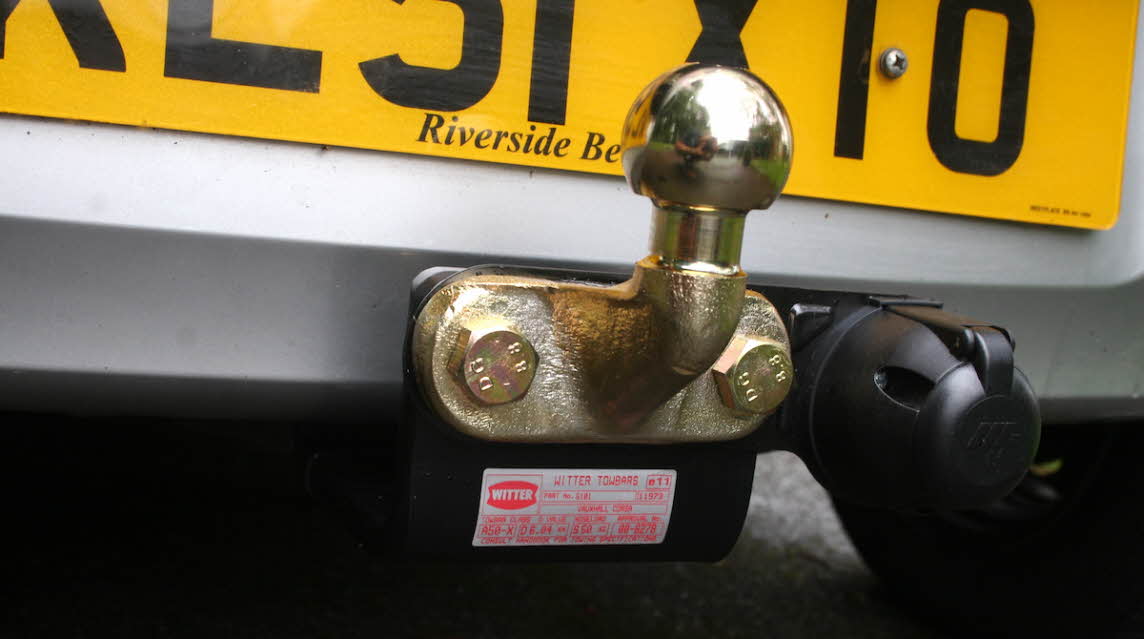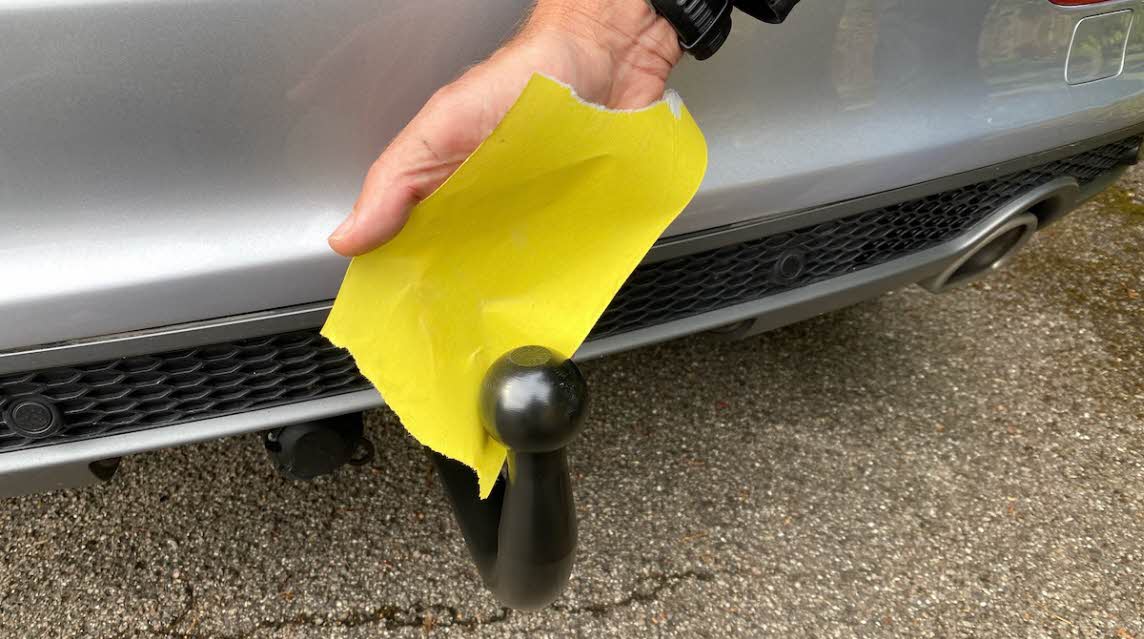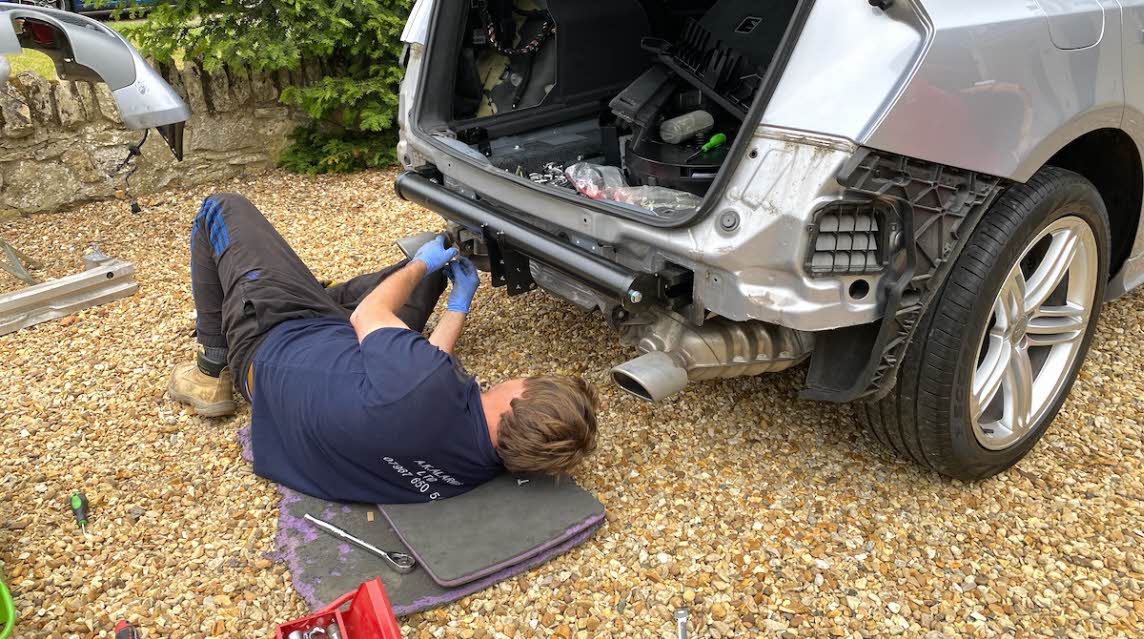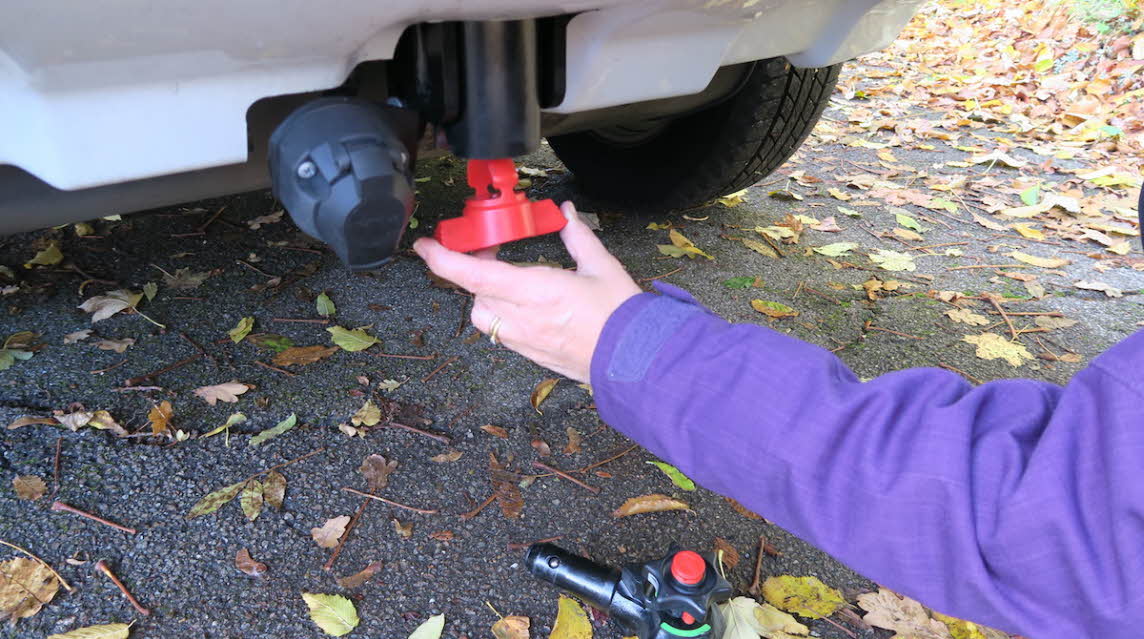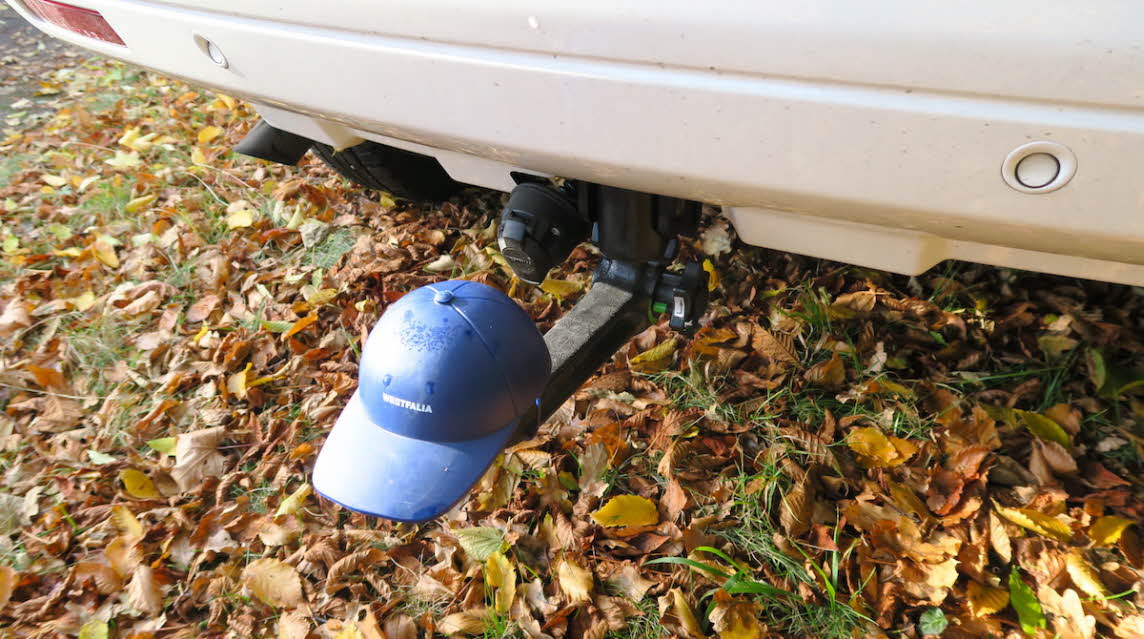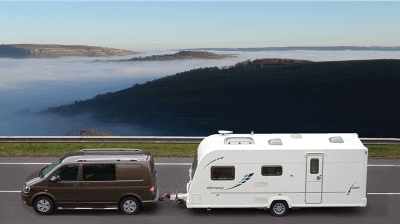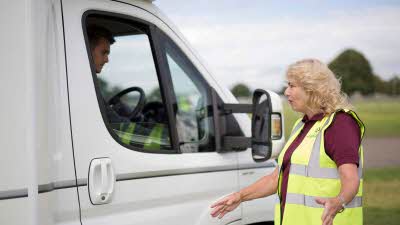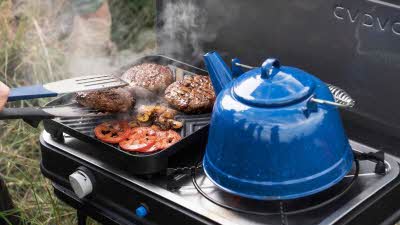Setting the bar
Sammy Faircloth addresses important issues to consider regarding towbars and towballs on your leisure vehicle
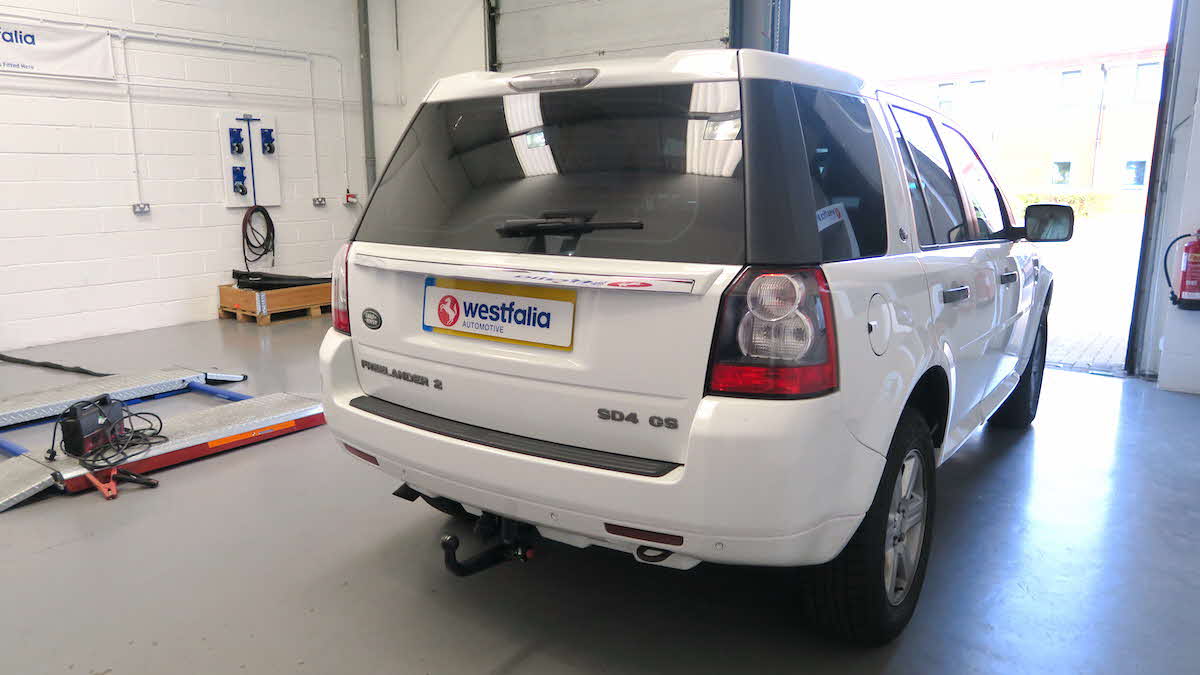
The towbar (and associated towball) is, of course, the crucial link between your towing vehicle and caravan or trailer. However, it is vital that your towbar is selected and fitted properly, and, due to the complexity of modern car design, there is no ‘one size fits all’. As a result, towbar fitting should be carried out by a specialist – let’s look a little deeper into the subject.
Type-approved towbars
Cars registered after 1 August 1998 and motorhomes registered after 29 October 2012 must be fitted with Type-Approved towbars which meet minimum technical and safety requirements. For older cars and motorhomes, there’s no legal requirement to use a towbar that meets specific standards, but it’s wise to choose one that complies with British Standard BS IS0 1103 or European Directive 94/20/EC.
Weights
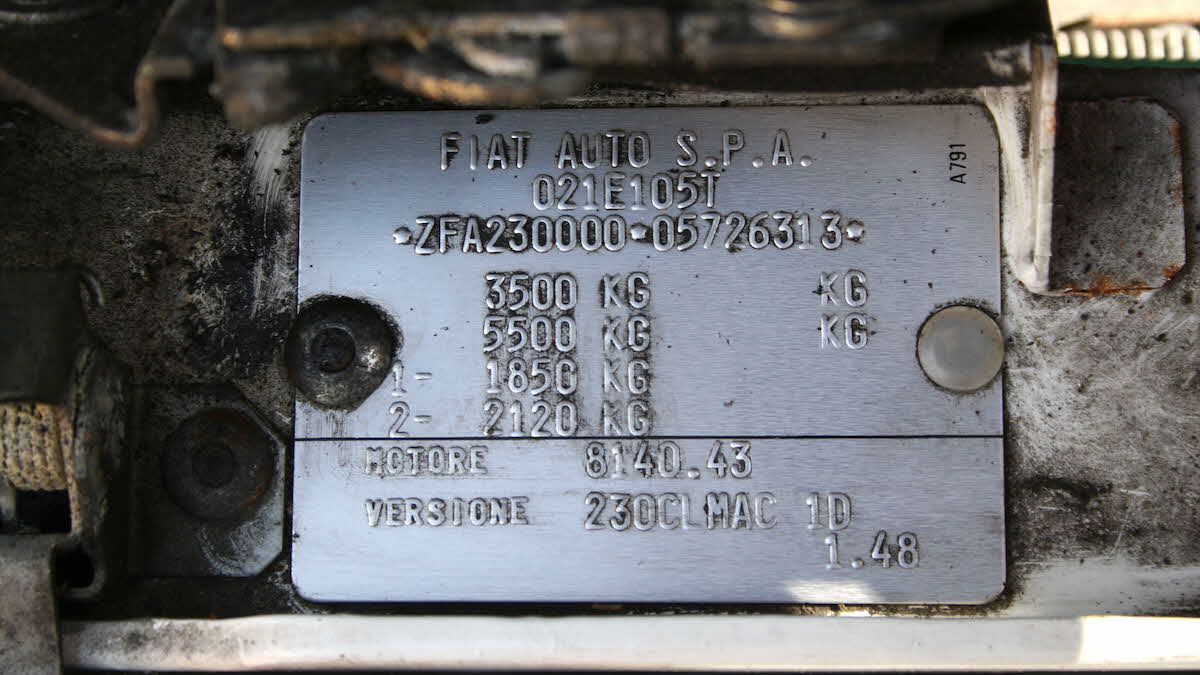 A VIN plate: this one shows that the GVW is 3,500kg and the GTW is 5,500kg
A VIN plate: this one shows that the GVW is 3,500kg and the GTW is 5,500kg
Regardless of the type of towbar and ball you have fitted, it is important to check the gross train weight (GTW) of your towcar or motorhome, which represents the (maximum permitted) combined mass of the towing vehicle and its trailer when both are loaded for use. The GTW is found on the vehicle identification number (VIN) plate or in the base vehicle’s handbook. You can verify the weight of your outfit at a local weighbridge.
To determine your vehicle’s maximum towing capacity, subtract the gross vehicle weight (GVW) from the GTW. For example, if the GTW is 5,500kg and its GVW is 3,500kg, the maximum towing capacity is 2,000kg.
You also need to consider the rear maximum axle weight (MAW), ie the proportion of the vehicle’s total weight that is borne by the rear axle. Overloading the rear can impact stability and safety. The maximum front and rear axle weights should be displayed on the VIN plates – and, again, axle weights are something that can be checked during a visit to a weighbridge.
Towbar/ball styles
 A retractable towball can be hiddenwhen not in use
A retractable towball can be hiddenwhen not in use
Your vehicle may already be fitted with a towbar, which will have been designed to fit a particular type of towball. If this is not the case, various towbar and towball styles are available – so choose the one that best suits your needs. The options are as follows:
Retractable towball
Vehicle manufacturers frequently offer retractable towballs as an optional extra. These towballs sleekly fold away, either electronically or manually, when not in use. They offer convenience and improved safety as neither you nor someone else will walk into it; however, these benefits come at a higher cost.
Detachable towball
A highly popular set-up in the UK is where the towbar base is concealed behind the rear skirt, and the towball can be removed to maintain the vehicle’s appearance. A key lock offers additional security and theft protection.
Fixed towball
Available in two forms – ‘swan neck’ and ‘flange’ – fixed towballs are the most cost-effective option. The swan neck is gaining popularity in the UK due to a sleek design that minimises interference with parking sensors. The flange is a more traditional option. The towball simply bolts on to the vehicle. It is known for its versatility and supports accessories such as bumper guards and bike racks.
Towbar fitting
Gallery
When considering where to get your towbar fitted, there are several options, including the ‘Trusted Workshops’ listed in the National Trailer and Towing Association (NTTA) directory at ntta.co.uk. These businesses undergo thorough annual inspections to ensure high standards.
Vehicle dealers will, of course, encourage you to buy their ‘original equipment’ towbars.That’s a worry-free choice in terms of vehicle warranty, but you may find less choice than with an after-market option and dealer prices are sometimes higher.
It’s advisable to compare prices, read reviews and check for necessary certifications and warranties before booking in.
Maintenance
Towball maintenance is relatively straightforward. After installation, it’s a good idea to sand down the paint on the towball with a fine emery cloth, especially if you are using a hitch with friction pads – you don’t want debris or paint to contaminate the pads.
Towballs should be cleaned with brake cleaner or white spirits to remove any grease if being used with a friction stabiliser; otherwise, some grease is a good idea. Over time, rust can accumulate, and, again, this can be removed with a fine emery cloth. Towball covers can help protect against rust.
It is good practice to remove detachable towballs when not in use for long periods of time; they can be replaced with a cap to prevent dirt building up in the housing unit.
Motorhomes
While the above advice mainly relates to towcars, motorhome owners who plan to tow a trailer, car or boat will also need a towbar. However, obstacles on the undercarriage, such as water tanks, spare wheels or waste pipes, may mean towbar installation is impossible. Check in the conversion handbook or with a dealer or workshop to ensure towbar fitment is viable on specific models.
Final thoughts
It is essential to have your towbar installed by a skilled professional, who can ensure it is safe and secure, and meets all legal requirements.
- Members benefit from a 10%discount on towbars (including electrics and fittings) from Witter and Westfalia. To find out more and for terms and conditions see camc.com/wittertowbars.



